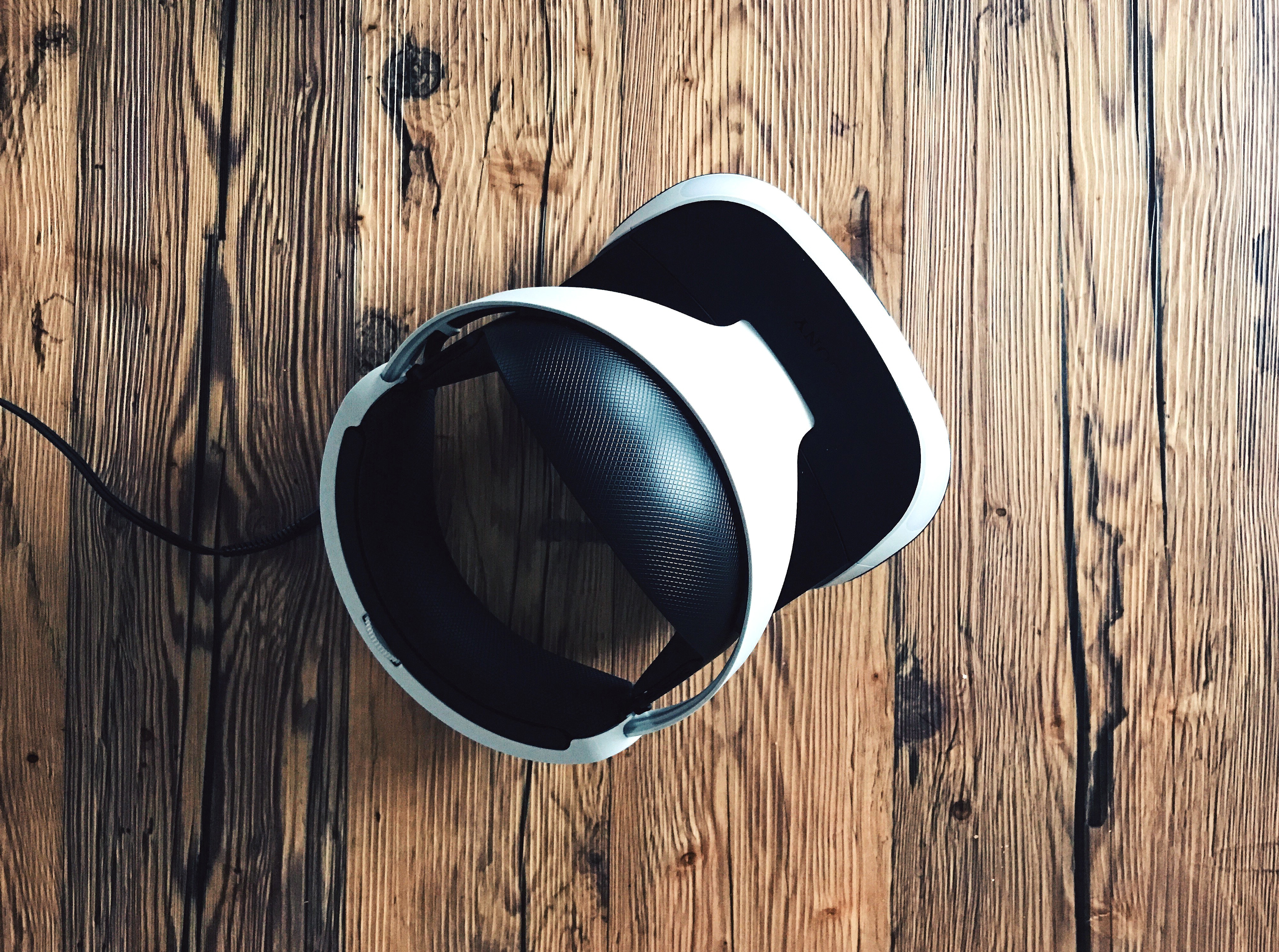
Frame rate is the speed at which successive images are shown and it’s usually expressed as “frames per second,” or FPS. Frame rate greatly impacts the style and immersion of a VR CAVE setup: The speed at which they’re shown tricks your brain into perceiving smooth motion.



















